2013Japan is one of my favourite places to visit. Although it may seem like the shopper’s paradise, to me it’s the most exciting horticulture adventure. I’ve been lucky enough to travel to Japan twice, my first visit was back in September 2009 in the summer, my second time was this year 1st of January 2012 (Winter).


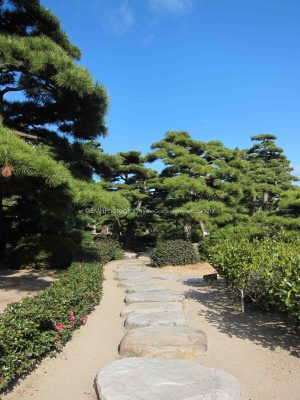
Takamatsu is what I really want to talk about. It is a detached island located in south-west Japan. I only spent two days and one night there, in which I was glad it wasn’t any longer. It has two main attractions, first being Takamatsu castle and the second, Ritsuin Garden. There are impressive shopping arcades in Takamatsu but nothing you can’t find in Tokyo, so it really is a pit stop. But getting down to the main fun of this place, Takamatsu castle.
The Ikoma clan built Takamatsu castle back in 1590, the castle was then later destroyed in the Meiji period. The castle and gardens have been reconstructed since and work still continues on the construction of the gardens. Takamatsu castle is defiantly one of the smaller castles and gardens I have seen on my travels around Japan, which took me by surprise. The landscape is filled with traditional Dry Gardens, or known in Japanese as 枯山水 karesansui. The pebbles represent the flow of water that cuts through the gardens, while Pinus thunbergia (Japanese black Pine) has been clipped in traditional clouds (also known as ‘Nawaki’). Pinus thunbergia makes up a good 80% of the castle garden trees. I was lucky enough to stumble across the workers or otherwise known as the masters of their trade, giving the trees a prune.
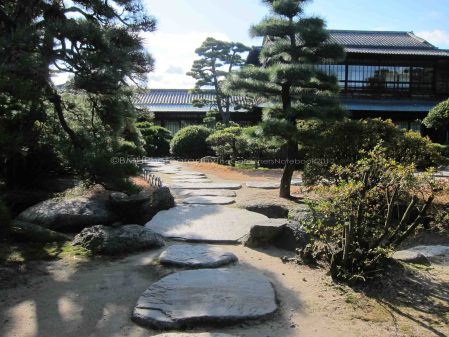
What truly caught my attention is a plant named Cycas revoulta (Japanese Sago palm). The overwhelming beauty and size of these plants in their natural habitat is what really stopped me dead in my tracks. The diameter of their trunks spread up to 40-50cms and the height, let me tell you about the height of these beauties! They reached to a staggering 4-5 metres! (13 feet). I instantly jumped with an open mouth practically shouting for a photo. I have always believed a plant to always perform 100% better in their natural habitat and I believe these Cycas revoulta have just shown it. Now if you tried to place a eucalyptus tree in Japan I doubt it would flourish like it would here in Australia.
The second object to catch my attention and cause me to go into a jumping fit of joy was this lantern. Reaching to a height of 2 metres or more, it was a real show piece. Ever since seeing this I have been keeping an eye out for one, for my very own garden.
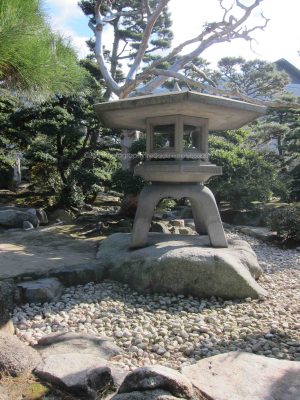
Being able to travel to foreign countries presents many unique experiences such as seeing different vegetation and plants in their natural habitats. I could be here all day writing about Japan, and if you’re wondering about Ritsurin Park, that is just going to have to be another blog for another time.
By Bonnie-Marie Hibbs

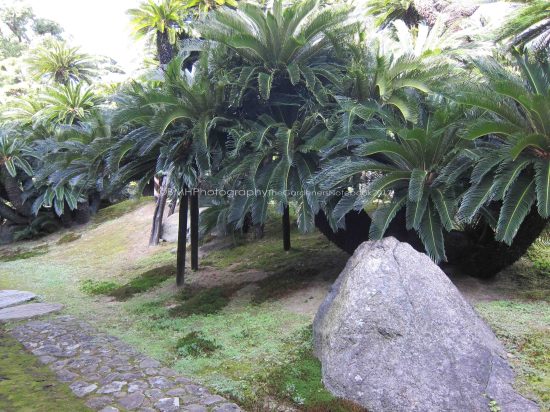
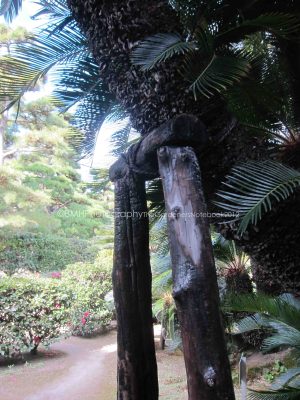
Reblogged this on Japan Rebloged and commented:
Takamatsu, Kagawa. Takamatsu castle and Ritsurin(栗林) park.
LikeLike
Takamatsu Castle and gardens sound and look amazing. I loved the video too.
LikeLike
Thank You 🙂
LikeLike